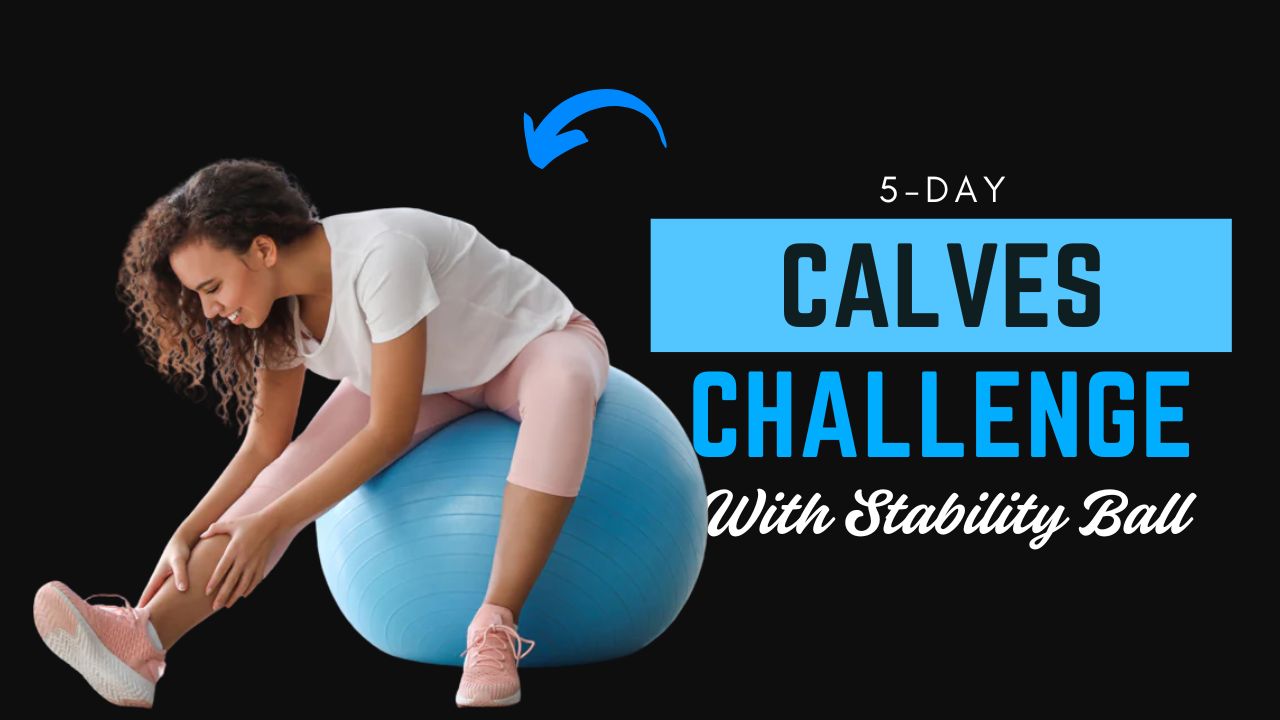Do you know your pelvic floor muscles are just as important as your abs or glutes?
Often overlooked, these muscles play a crucial role in bladder control, core stability, posture, and even sexual function.
Whether you’re recovering from childbirth, managing incontinence, or simply aiming for better body balance, pelvic floor exercises are the missing link in many fitness routines.
Myth Buster:
Many people believe pelvic floor exercises are only for women or only after childbirth. The truth? Everyone—men, women, young, and older adults—can benefit from them. The stronger your pelvic floor, the better your foundation for movement, stability, and control.
Let’s break down the top 7 pelvic floor exercises, how to perform them correctly, and what benefits you can expect.
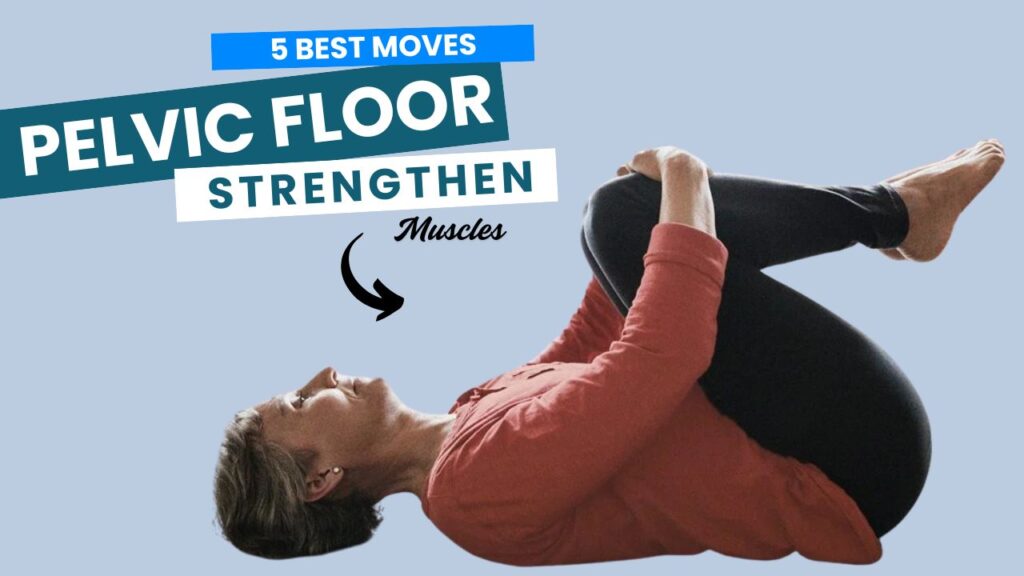
Table of Contents
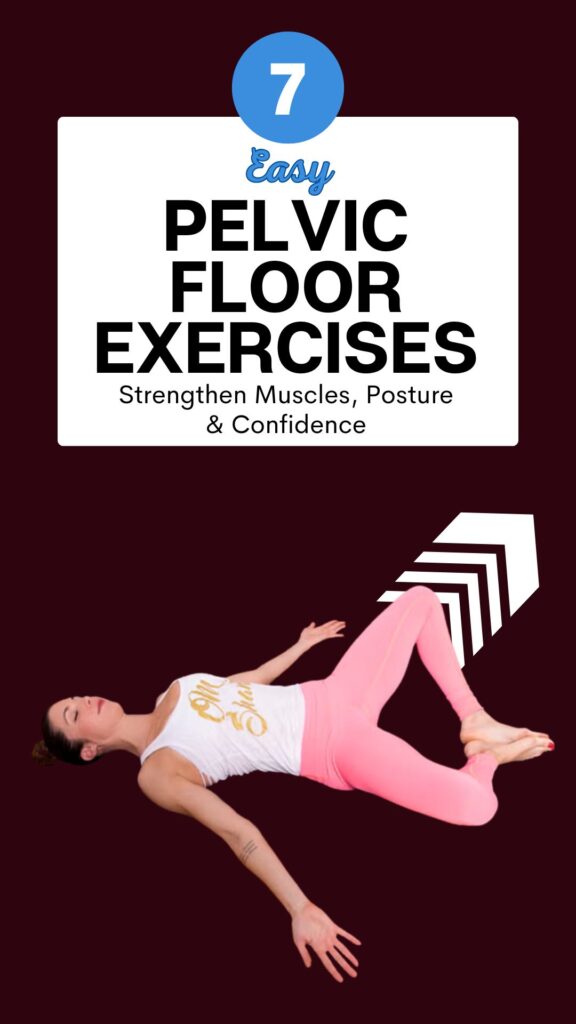
What Can Happen After 30 Days of Pelvic Floor Exercises
| Positive Changes | Why It Happens |
|---|---|
| Improved bladder control | Stronger pelvic muscles help prevent leakage during sneezing, coughing, or lifting. |
| Better core stability and posture | Pelvic floor works with deep core muscles to support your spine and balance. |
| Reduced pelvic discomfort or heaviness | Consistent training alleviates pressure and tension in the lower abdomen. |
| Enhanced sexual sensation and performance | Increased blood flow and muscle tone support better function and sensitivity. |
| Greater body awareness and control | Daily engagement improves mind-muscle connection and movement precision. |
| Improved recovery post-childbirth or surgery (if applicable) | Gentle activation supports healing and regains muscular control. |
| Decreased lower back pain | A supported pelvic floor relieves strain on the lumbar region. |
| More confidence in movement | Better control leads to improved function in exercise, walking, and daily tasks. |
Do’s and Don’ts of Pelvic Floor Exercises
| Do’s | Don’ts |
|---|---|
| Do practice consistently – Aim for 2–3 sessions a day for best results. | Don’t hold your breath – Always breathe normally during exercises. |
| Do focus on the correct muscles – Engage the pelvic floor, not your abs or glutes. | Don’t squeeze your thighs or buttocks – This can reduce exercise effectiveness. |
| Do start in a comfortable position – Lying or sitting makes it easier to isolate the muscles. | Don’t begin with advanced moves – Master the basics before progressing. |
| Do contract and relax – Balanced training includes both activation and release. | Don’t overdo it – Too many repetitions can fatigue or tighten the muscles. |
| Do incorporate breathing – Coordinate contractions with your exhale for control. | Don’t ignore discomfort – Pain could indicate incorrect form or overuse. |
| Do consult a professional if needed – Especially post-surgery or postpartum. | Don’t substitute exercises for medical treatment – These support recovery but don’t replace medical advice. |
7 Best Pelvic Floor Exercises
1. Kegels (Classic Pelvic Floor Contractions)
What it targets: Deep pelvic floor muscles
Best for: Beginners and anyone needing better bladder control
How to do it:
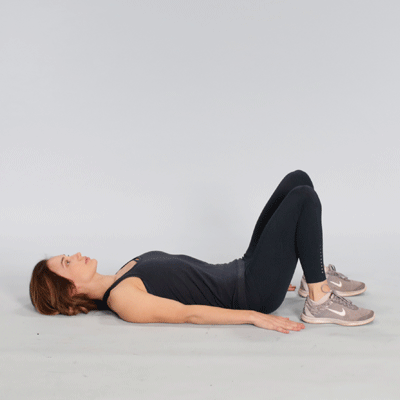
- Sit or lie down in a comfortable position.
- Imagine you’re trying to stop the flow of urine—squeeze those muscles.
- Hold the contraction for 5 seconds, then relax for 5 seconds.
- Repeat 10–15 times in a row, 2–3 times daily.
Tip: Make sure not to tighten your thighs or buttocks. Focus only on the pelvic floor.
Why it works:
Kegels help activate and isolate the exact group of muscles responsible for bladder control, internal support, and core strength.
2. Bridge with Pelvic Floor Activation
What it targets: Glutes, hamstrings, lower back, and pelvic floor
Best for: Strengthening your backside and core together
How to do it:
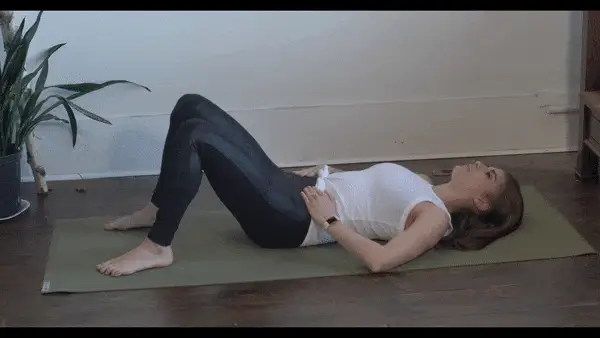
- Lie on your back with knees bent, feet flat, hip-width apart.
- Squeeze your pelvic floor muscles, then lift your hips into a bridge.
- Hold for 3–5 seconds, then lower down slowly.
- Perform 10–12 reps.
Did You Know?
Bridges combined with pelvic floor engagement activate the deep core stabilizers more effectively than traditional crunches.
3. Bird Dog with Core Engagement
What it targets: Core stabilizers, lower back, pelvic floor
Best for: Improving balance, posture, and deep core control
How to do it:

- Start on all fours, with hands under shoulders and knees under hips.
- Extend your right arm forward and left leg backward.
- As you hold the position, gently contract your pelvic floor.
- Hold for 5 seconds, then switch sides.
- Do 8–10 reps per side.
Pro Tip: Keep your spine neutral and movements slow to prevent overcompensation from other muscle groups.
4. Wall Sit with Pelvic Floor Focus
What it targets: Quads, glutes, and pelvic floor
Best for: Building lower body endurance while maintaining pelvic control
How to do it:

- Stand against a wall and slide down into a sitting position with thighs parallel to the floor.
- Contract your pelvic floor while holding this position.
- Hold for 20–30 seconds and repeat 3–4 times.
Bonus: This is a great way to multitask—train legs and internal muscles simultaneously.
5. Happy Baby Pose with Deep Breathing
What it targets: Hip flexibility and pelvic floor relaxation
Best for: Releasing tension and learning control through breath
How to do it:
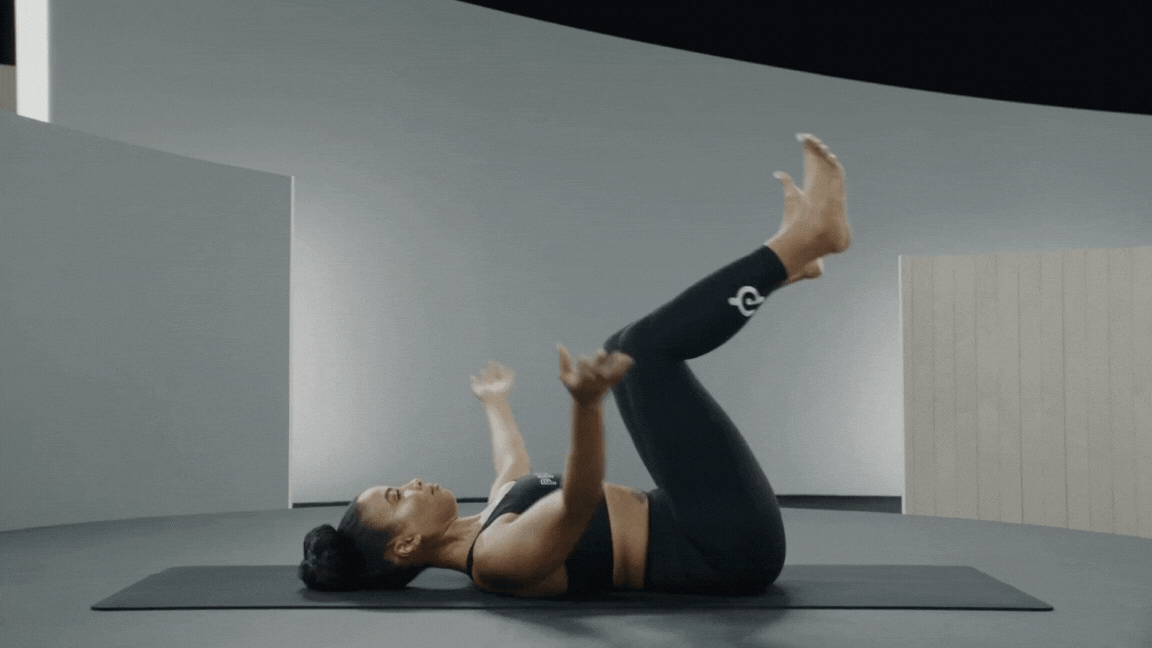
- Lie on your back and pull your knees toward your chest.
- Grab the outsides of your feet with your hands.
- Gently rock side to side, breathing deeply.
- On every inhale, relax the pelvic floor; on exhale, engage it slightly.
Why it’s essential:
Pelvic floor health isn’t only about strength—learning to relax these muscles is just as important to avoid tension and pain.
6. Squats with Pelvic Floor Engagement
What it targets: Glutes, quads, core, and pelvic muscles
Best for: Functional strength and full-body coordination
How to do it:

- Stand with feet hip-width apart.
- Lower into a squat while breathing in.
- As you stand back up, breathe out and gently contract the pelvic floor.
- Perform 10–12 repetitions.
Fact:
Squats mimic daily movements like sitting and standing—integrating pelvic engagement here supports everyday functionality.
7. Heel Slides with Core Focus
What it targets: Lower abs and pelvic floor
Best for: Early recovery phase and gentle core activation
How to do it:

- Lie on your back, knees bent, feet on the floor.
- Engage your pelvic floor.
- Slowly slide one heel away until the leg is straight, then bring it back.
- Alternate legs for 8–10 reps per side.
Good to Know:
Heel slides help retrain coordination between your lower abs and pelvic floor without adding pressure to your back or spine.
Final Thoughts
Pelvic floor exercises are more than just a remedy for weakness—they’re a foundation for strength, stability, and control.
Whether you’re postpartum, aging, managing symptoms, or simply seeking better body awareness, these 7 exercises offer a structured path to improve your core from the inside out.
Consistency matters. Start small, focus on form, and gradually increase intensity. Within a few weeks, you may notice better bladder control, posture, and even enhanced athletic performance.
Frequently Asked Questions (FAQs)
What are pelvic floor muscles?
Pelvic floor muscles are a group of muscles that stretch like a hammock from your pubic bone to your tailbone. They support the bladder, uterus (in women), rectum, and play a role in core stability, continence, and sexual function.
How often should I do pelvic floor exercises?
Ideally, pelvic floor exercises should be done daily. A simple routine includes 2–3 sessions per day with 8–15 repetitions each. As your muscles strengthen, you can increase the duration and complexity of the movements.
How long does it take to see results?
Most people notice improvements within 4 to 8 weeks of consistent training. However, visible progress can vary depending on your starting strength, consistency, and other health factors.
Can men do pelvic floor exercises too?
Yes. Men have pelvic floor muscles just like women. These exercises help manage urinary leakage, improve prostate health, and enhance sexual performance.
Can I do pelvic floor exercises during pregnancy?
Absolutely. In fact, it’s highly recommended. Regular pelvic floor training during pregnancy can help reduce incontinence and make postpartum recovery smoother. Always consult your healthcare provider before starting a new routine.
Can overtraining the pelvic floor cause problems?
Yes. Just like any other muscle group, overtraining or not allowing proper relaxation between contractions can cause tension, discomfort, or pelvic pain. Balance strength with flexibility and rest.
Do I need any equipment for pelvic floor exercises?
No equipment is required for the basic exercises. However, as you advance, you can add resistance bands, yoga balls, or pelvic floor trainers for variety and challenge.
How do I know if I’m doing the exercises correctly?
The key is isolation. You should feel a gentle lift or tightening internally without squeezing your thighs, glutes, or holding your breath. If unsure, a pelvic floor physiotherapist can guide you with proper technique.
Are these exercises a cure for incontinence?
While not a guaranteed cure, consistent pelvic floor training significantly improves bladder control and reduces symptoms of stress or urge incontinence. Results vary based on severity and consistency.







